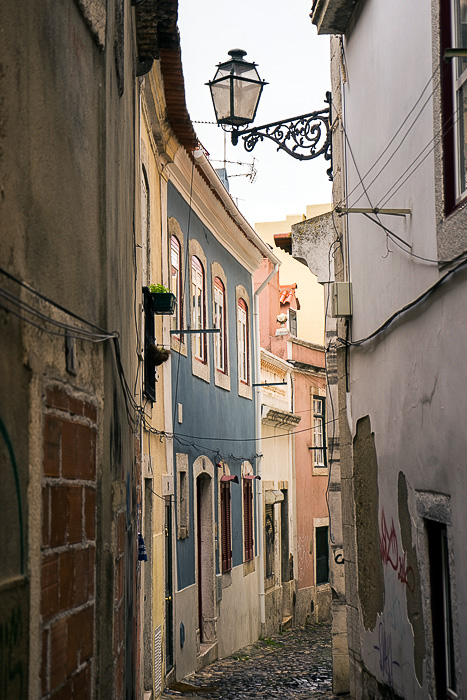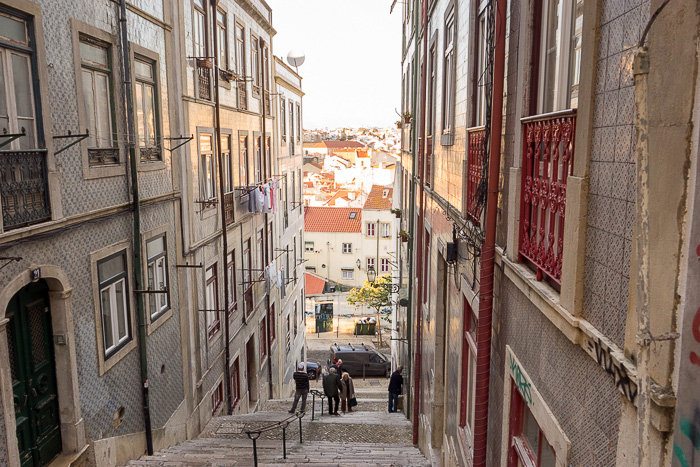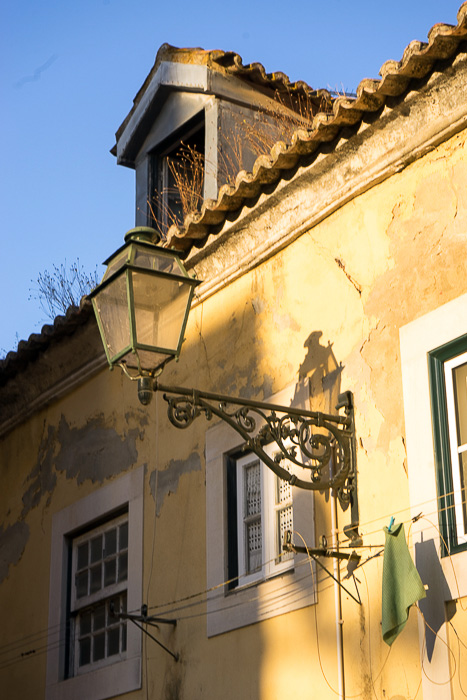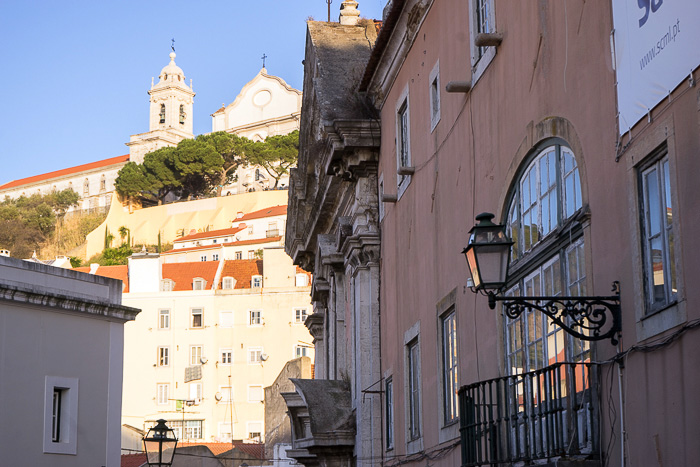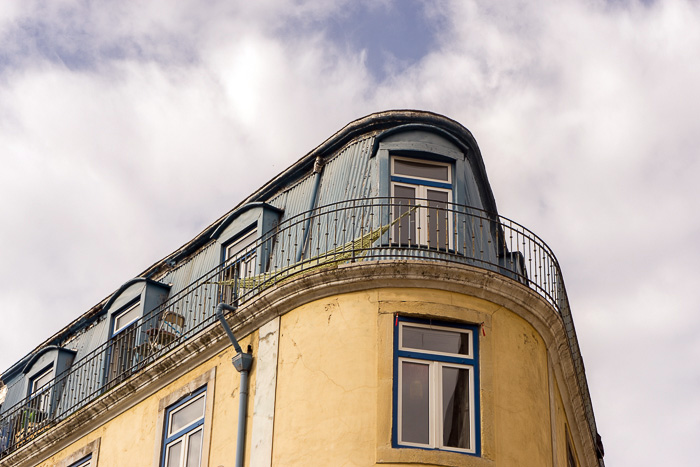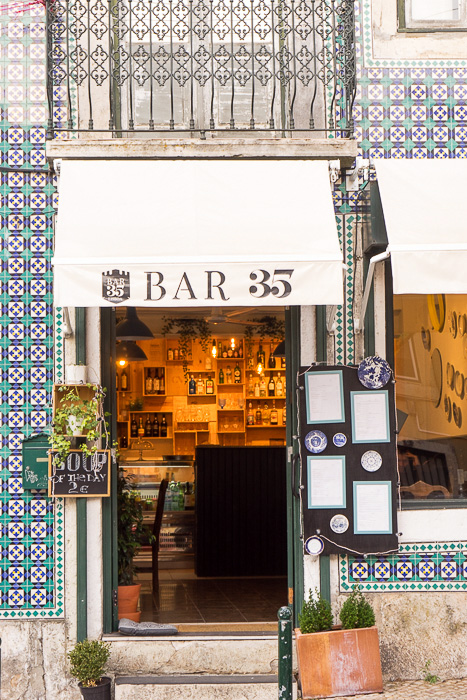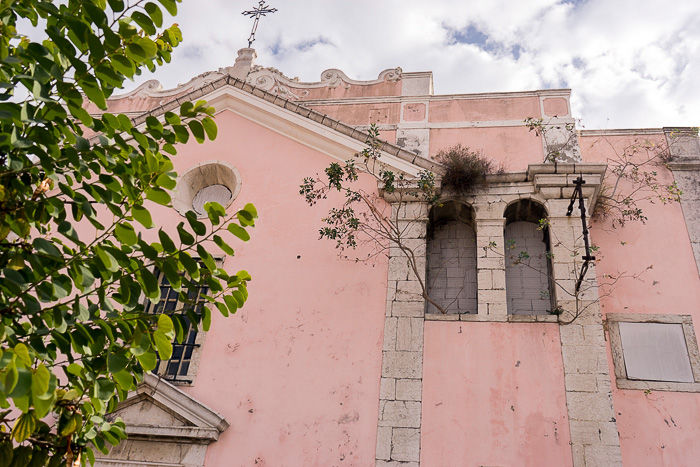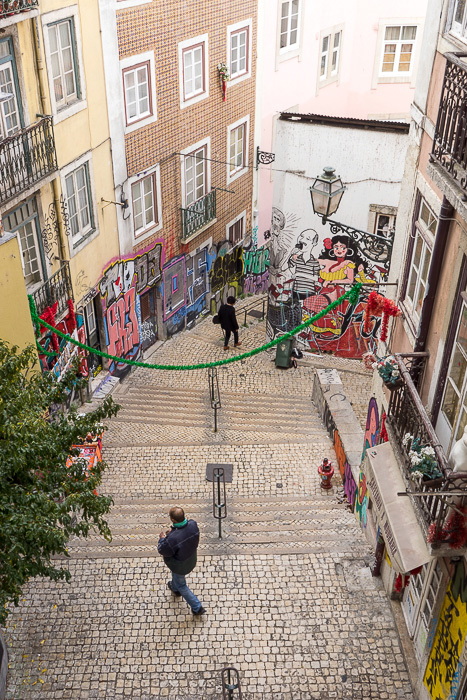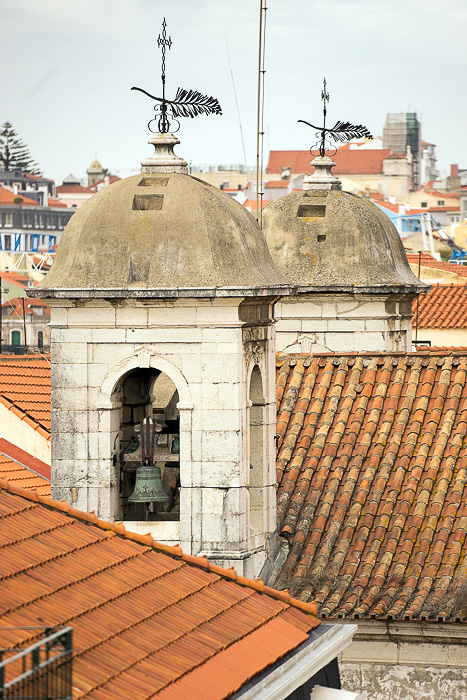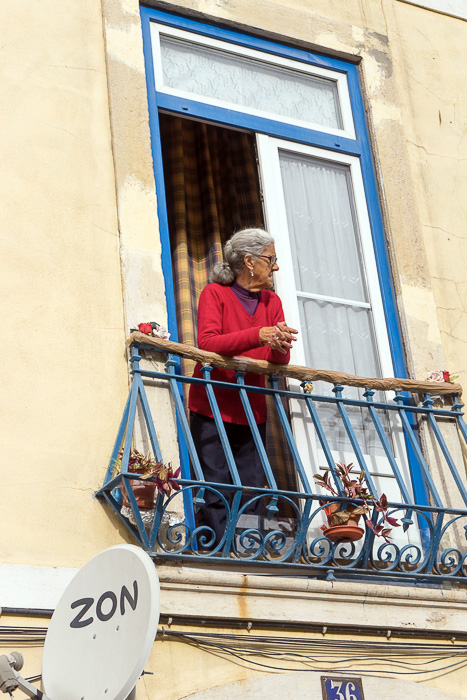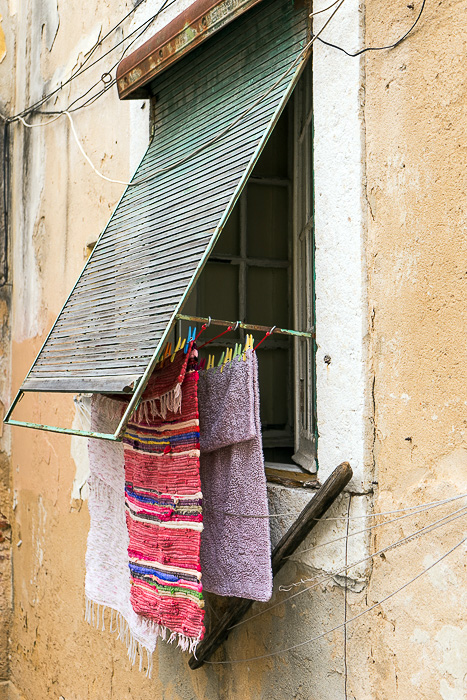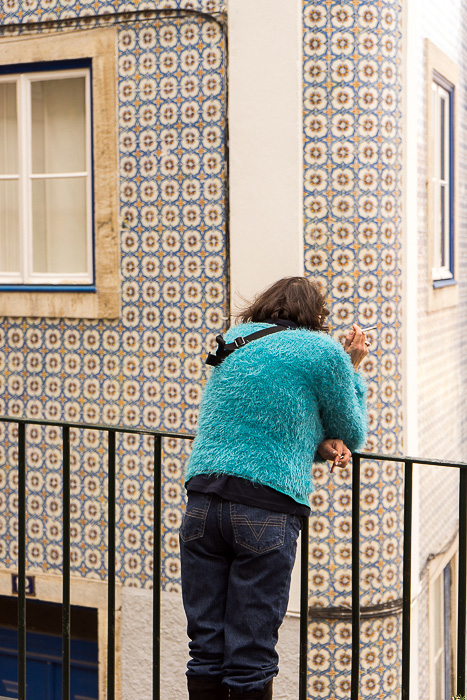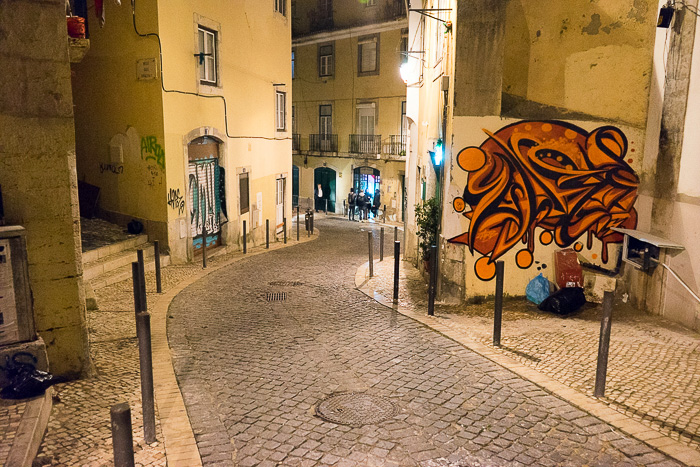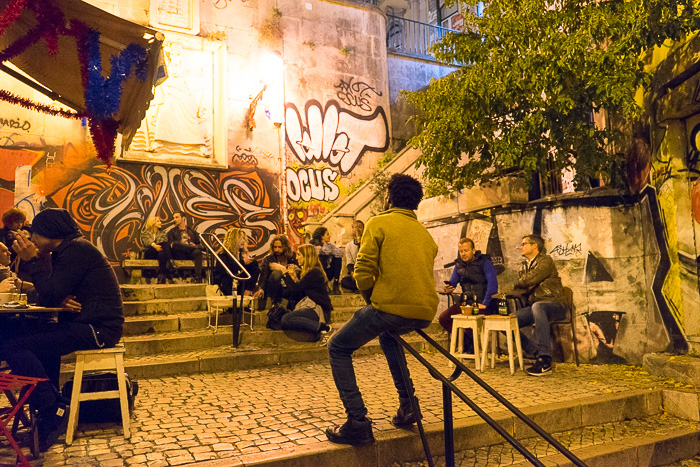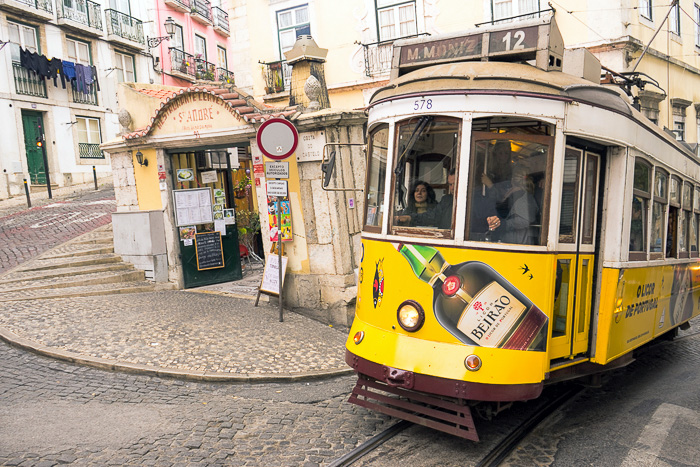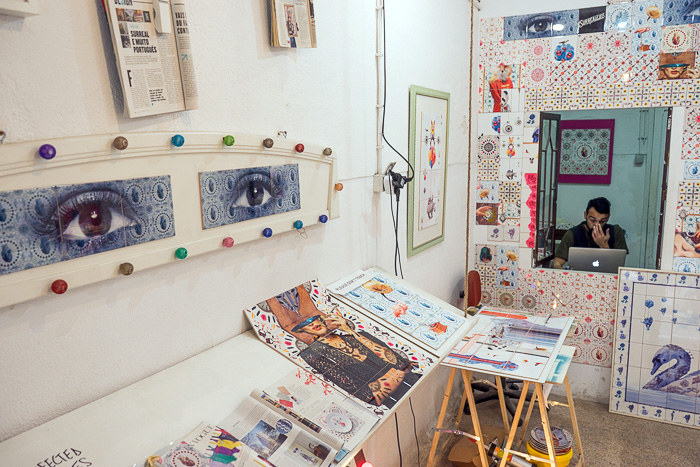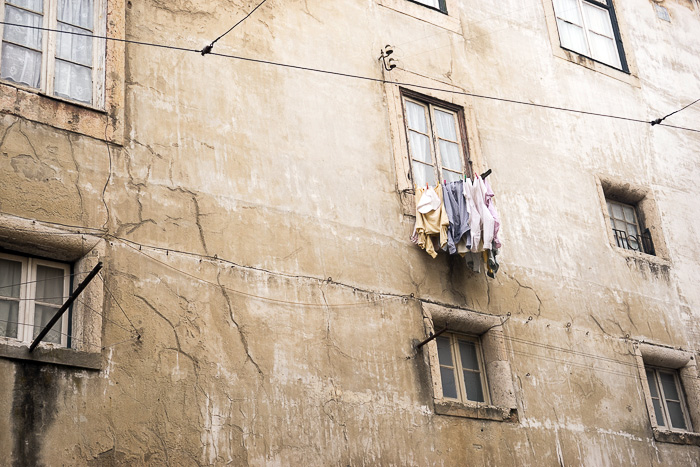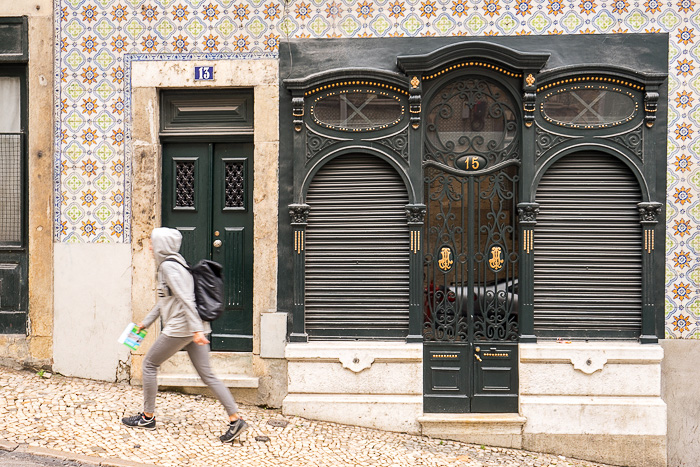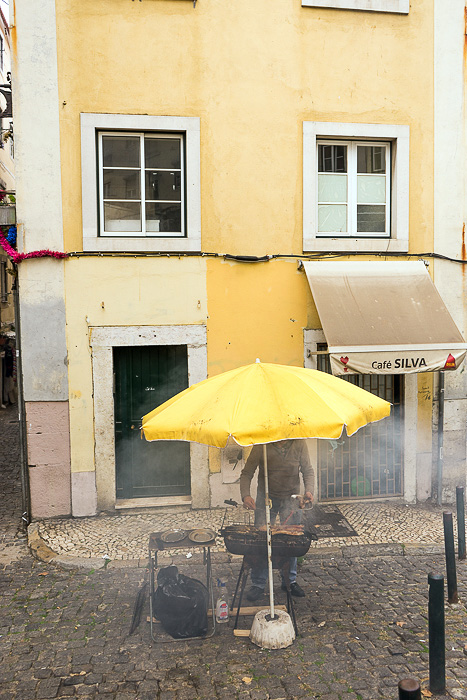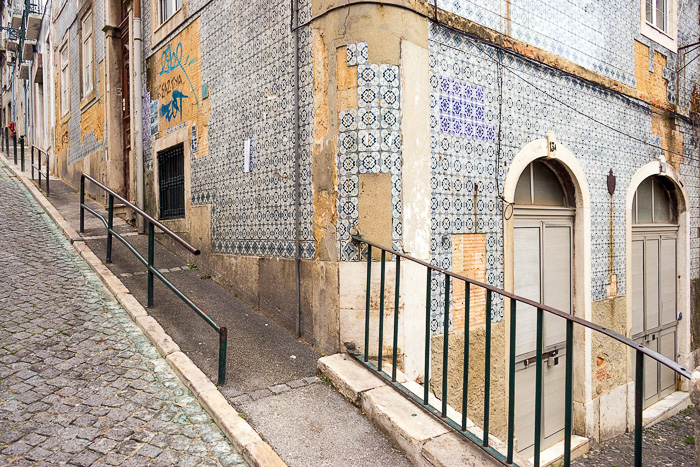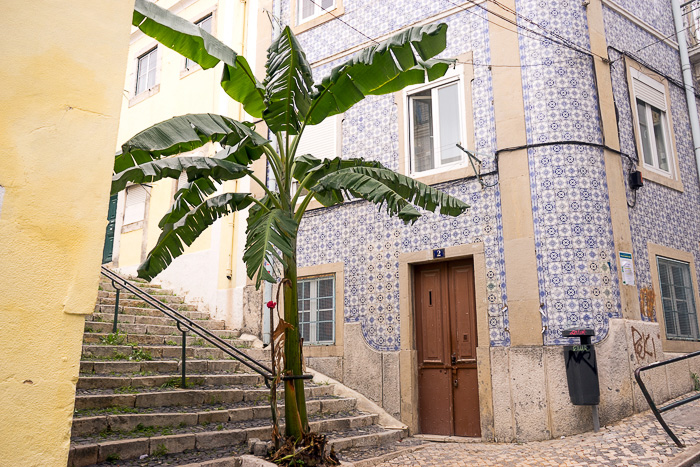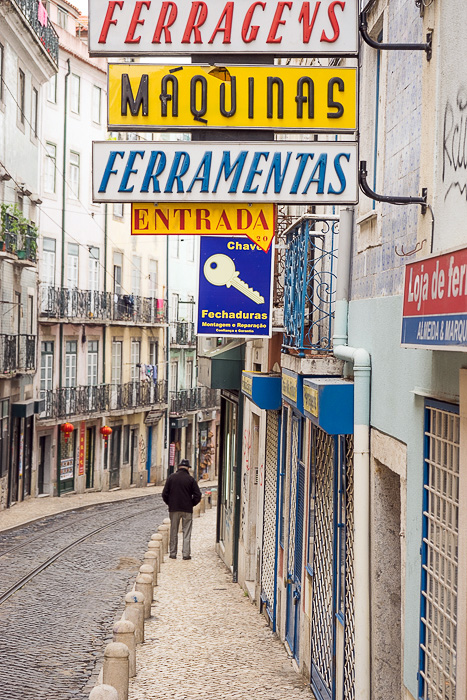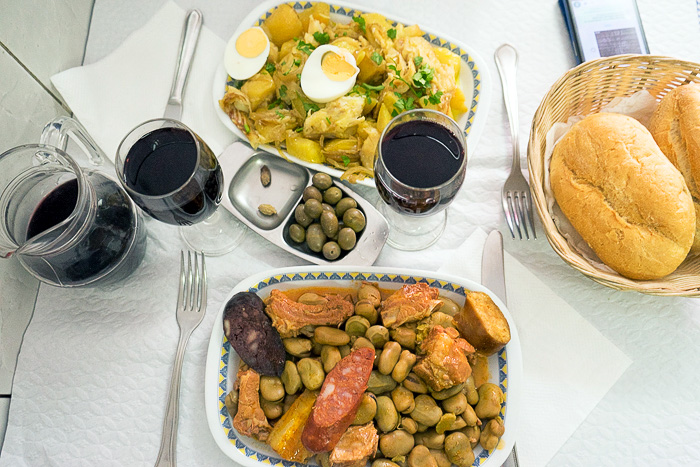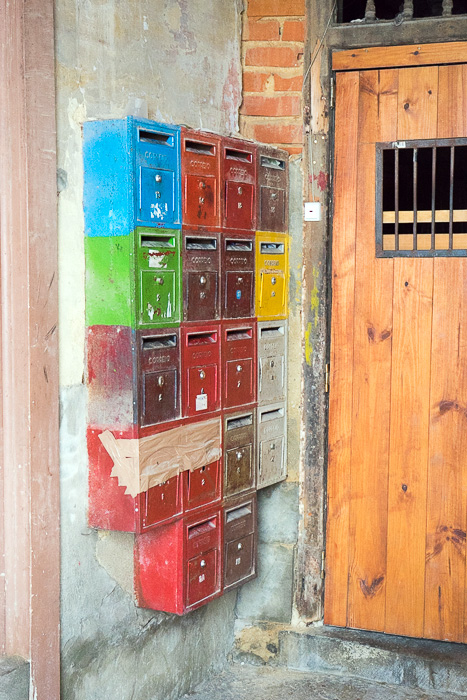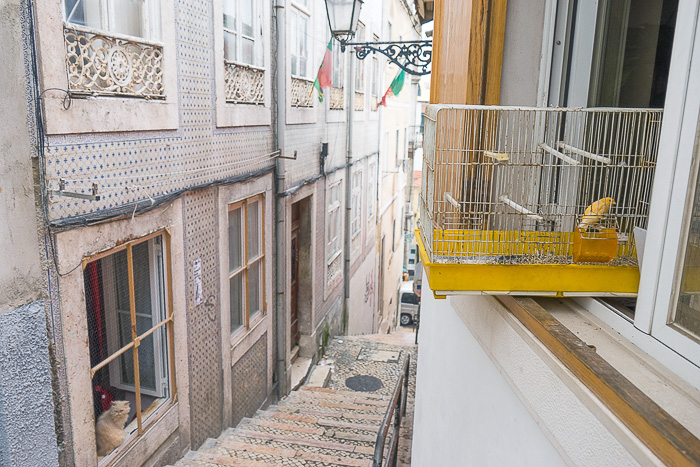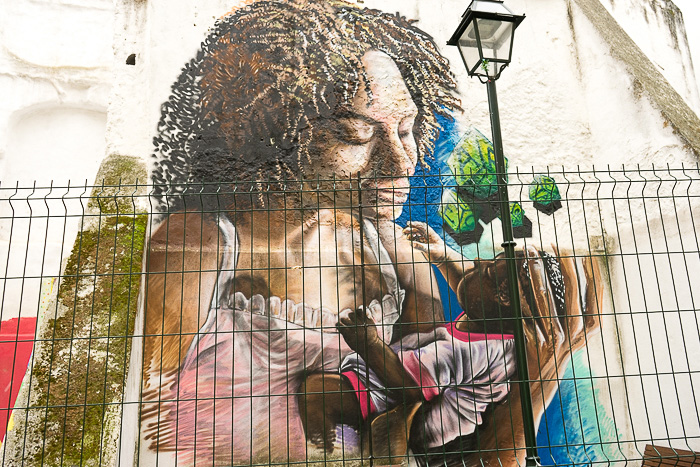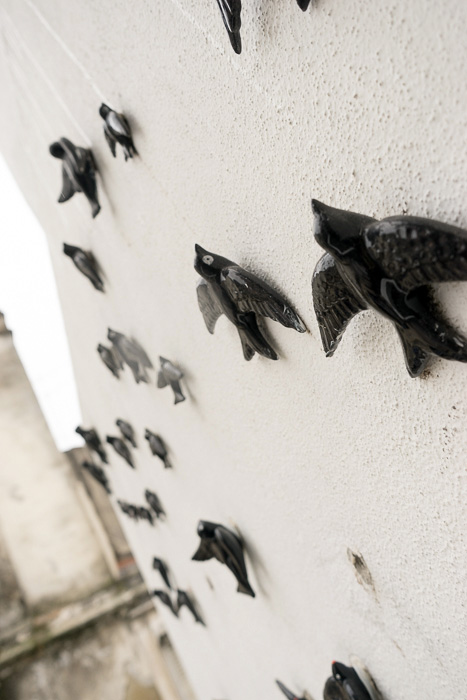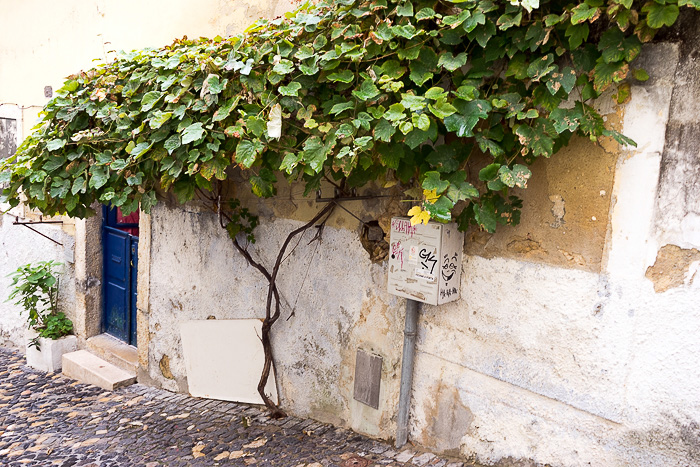Welcome to the Mouraria
The neighborhood of Mouraria will be our base of operations during these 91 days in Lisbon. Ranged along the hill east of the center, underneath the shadow of the Castle of São Jorge, this has historically been the city’s most ethnically diverse section. We took a long self-guided tour, to get to know our new home a little better.

The meaning of “Mouraria” is approximately “Moorish Quarter”. Lisbon was part of the Umayyad Caliphate for centuries, which had been a period of great innovation and advancement in the city. After the Christian conquest of Lisbon in 1147, however, all remaining Moors where shunted into this one section of town, which also acted as a home to the Jewish population.
The neighborhood’s foreign vibe has persisted throughout the centuries, and the Mouraria is today home to a large population of immigrants from India, Pakistan, Bangladesh and China (with a recent bump in American and Germans). There are plenty of Portuguese people as well, of course. In fact, the Mouraria is the birthplace of the art form most easily recognized as Portuguese: fado.
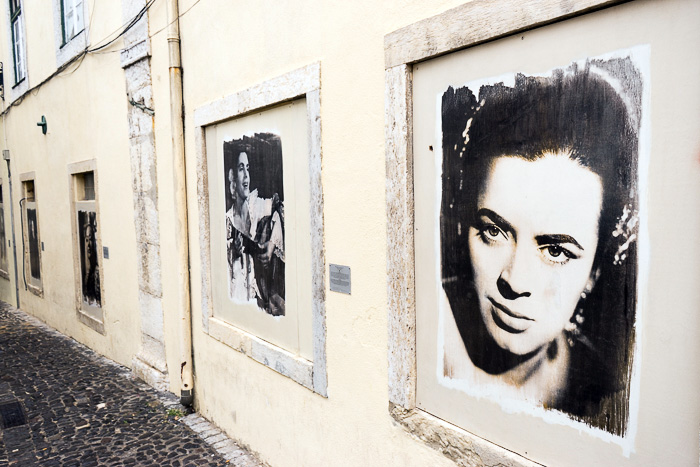
It was in this working-class neighborhood that the mournful music of fado found its start, somewhere near the beginning of the 19th century. The Mouraria was the birthplace of many of Portugal’s most famous fado singers, including Maria Severa, who died of tuberculosis at the age of 29. Her memory is kept alive in the Casa da Severa, on Rua Guia, a street on which you’ll also find portraits and information about other luminaries of the style. We’ll be writing a lot more about fado, later.
Our walk brought us the northern end of the neighborhood, underneath the Jardim da Cerca da Graça. We passed an endless parade of tasquerias and restaurants, all of them tiny, with four or five tables max, and all of them offering lunches at ridiculous prices. Although we had planned to eat at home, we couldn’t resist. At the tiny Marco di Correio, we devoured big plates of fava beans with meat, and bacalao (codfish) with potatoes, for about €6 euros apiece.
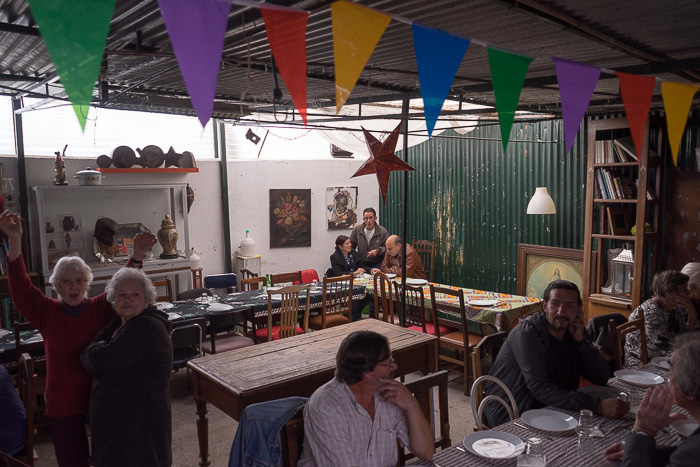
Right next door, we discovered another bustling lunch spot: the Cozinha Popular da Mouraria. This is a social institution which helps out people from the neighborhood with free lunches. It’s funded with proceeds from the dinners and lunches which are sold on Wednesday through Friday, for an extremely fair price.
While talking with one of the center’s volunteers, we really started to appreciate Mouraria. There’s a socially-minded, anti-capitalist vibe in this neighborhood, and that’s something we can totally get behind. Although the neighborhood has become popular with tourists, you get the sense that they’re resisting gentrification, and doing so successfully. We saw a number of little collectives, including the Renew Mouraria Association, as well as free galleries featuring the work of local artists, and other institutions who understand that the point of “doing things” shouldn’t always be to “get rich”.
One of the cooler such places we discovered was the Casa Achada, dedicated to Mario Dionisio, a famous writer, painter and critic from Mouraria. This small space includes a gallery, a café, and a library, and also screens films and hosts lectures and workshops… basically they make a whole cultural program available to the neighborhood, for free.
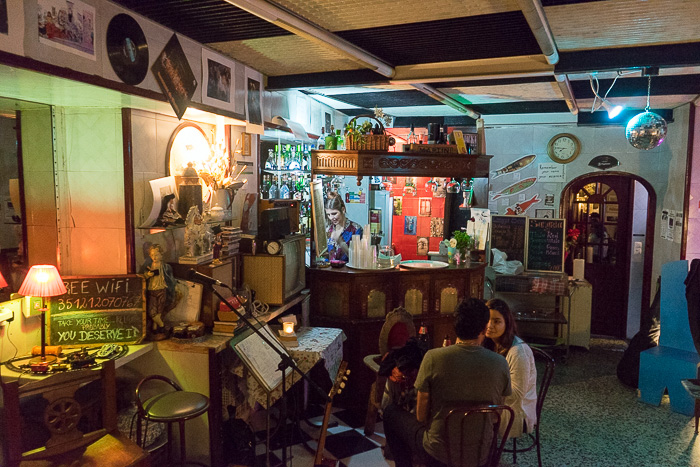
If you’re visiting Mouraria in the evening, make sure to swing by the Boutique Taberna, a small bar arranged along the staircase of São Cristóvão. The interior of the bar is small, with only enough room for a few people, and the music is extremely loud, but nobody sits inside… everyone is out on the stairs, enjoying the fresh air.
Walking around the Mouraria is a pure pleasure. The staircases which snake into every conceivable crevice, the tiny tascas, the squares which suddenly open up with views over Lisbon, the local shops, the working-class vibe, the cobblestone sidewalks, the anarchic graffiti, the elderly residents slowly climbing the stairs with their shopping bags, and on and on. Just make sure to keep your camera out, because you’re going to be needing it a lot.
